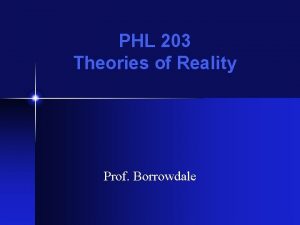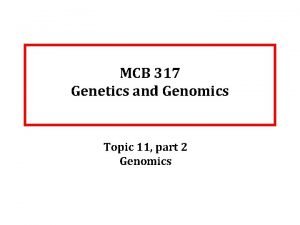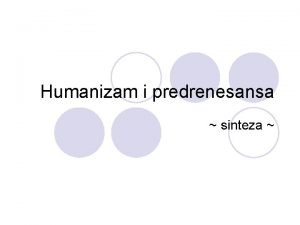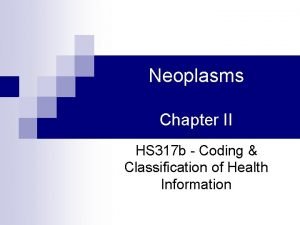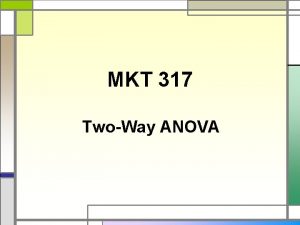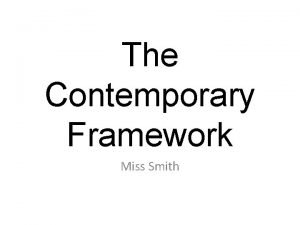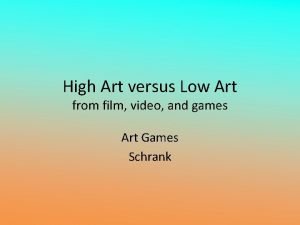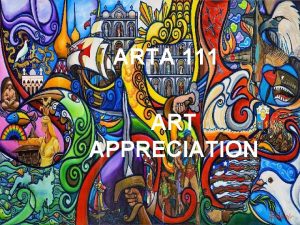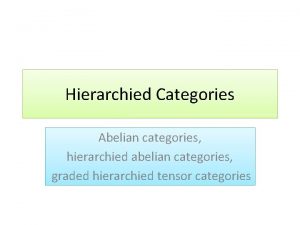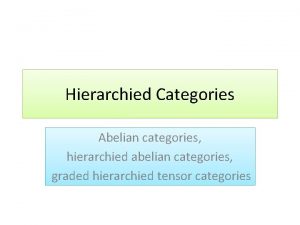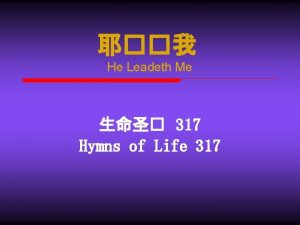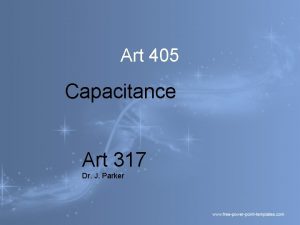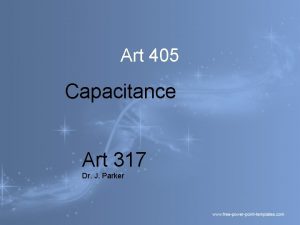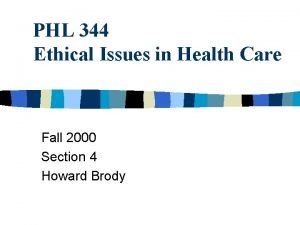CATEGORIES OF ART PHL 317 K Fall 2017
























- Slides: 24

“CATEGORIES OF ART” PHL 317 K Fall 2017

EXHIBIT A: REPRESENTATION

EXHIBIT A: REPRESENTATION • “More than one ethnographer has reported the experience of showing a clear photograph of a house, a person, a familiar landscape to people living in a culture innocent of any knowledge of photography, and to have the picture held at all possible angles, or turned over for an inspection of its blank back, as the native tried to interpret this meaningless arrangement of varying shades of grey on a piece of paper” (Herskovits 1948, 381).

EXHIBIT A: REPRESENTATION

EXHIBIT A: REPRESENTATION

EXHIBIT A: REPRESENTATION • Resemblance is a necessary condition on visual depiction. • But resemblance is not to be thought of as visual indistinguishability. • Resemblance and thus depiction depend on which properties are variable for us. • Standard properties determine what kind of representation a work is. • If representational properties are aesthetic properties, then our disposition to make aesthetic judgments also depends on which properties are standard or variable for us.

EXHIBIT B: GEURNICAS

EXHIBIT B: GEURNICAS

EXHIBIT: ZACH GETS FIRED BECAUSE OF NOISE COMPLAINTS Celestial Lineage – Wolves in the Throne Room Colored Sands – Gorguts

EXHIBIT F: CONTRA-STANDARDNESS • Features that are contra-standard for us may contribute to the shockingness of a work. • If we are exposed to a number of works that have features that are contra-standard for us, we might adjust our categories to accommodate those features, so that they become standard for us.

UPSHOT

UPSHOT • The predicate “is tall” appears to be a one-place predicate. • But the logical form of tallness attributions is relational. • When we say that “x is tall, ” what we really mean is that “x is tall for a C. ”

QUIZ 2 1. Walton maintains that all aesthetic judgments are just like attributions of tallness. True B. False A.

UPSHOT • Aesthetic judgments are often mistaken in a way that attributions of tallness are not. • But what explains that?

UPSHOT Metaphysics: • What metaphysically determines the aesthetic properties of a work? • What makes it the case that a work has the aesthetic properties that it does? Epistemology: • How can we determine (come to know) which aesthetic properties a work really has? • Which kinds of considerations give us justification to believe that a work has certain aesthetic properties?

UPSHOT The presence in W of a relatively large number of features standard with respect to C. ii. The fact, if it is one, that W is better, or more interesting or pleasing aesthetically, or more worth experiencing when perceived in C than it is when perceived in alternative ways. iii. The fact, if it is one, that the artist who produced W intended or expected it to be perceived in C, or thought of it as a C. iv. The fact, if it is one, that C is well established in and recognized by the society in which W was produced. i.

UPSHOT The presence in W of a relatively large number of features standard with respect to C. ii. The fact, if it is one, that W is better, or more interesting or pleasing aesthetically, or more worth experiencing when perceived in C than it is when perceived in alternative ways. iii. The fact, if it is one, that the artist who produced W intended or expected it to be perceived in C, or thought of it as a C. iv. The fact, if it is one, that C is well established in and recognized by the society in which W was produced. i.

UPSHOT “determines” “in virtue of” “makes it the case that”

UPSHOT “Guernica” is dynamic Correctly perceived as a painting Formal features Historical considerations Non-aesthetic perceptual features

UPSHOT “Guernica” is dynamic. Formal features Non-aesthetic perceptual features dynamic

POLL 1. Do you agree with Walton’s thesis, that the aesthetic properties of a work are not wholly determined by features that can be perceived in the work (but instead are partly determined by historical facts as well)? 2. Yes, I agree with Walton A. No, I disagree with Walton

ALTERNATIVE HYPOTHESIS?

SUMMARY • Psychological thesis: what we see in a work and how we judge it is influenced by what category we see that work as belonging to. • Philosophical thesis: whether an aesthetic judgments is correct and which aesthetic properties a work has are partly determined by the fact (if it is one) that we perceive the work correctly (which is in turn determined by historical facts).

SUMMARY • If Walton’s philosophical thesis is correct, then formalism is false: the aesthetic properties of a work are not wholly determined by the formal properties of that work. • This has interesting implications for art appreciation and criticism.
 Phl to rdd
Phl to rdd Phl moodle
Phl moodle Favorecimento real
Favorecimento real Mgis 317 study guide
Mgis 317 study guide Language html
Language html Pc 317
Pc 317 317 ekonomik
317 ekonomik Mkt 317 msu
Mkt 317 msu Mcb 317
Mcb 317 Mcb 317
Mcb 317 Mcb 317
Mcb 317 317 soneta 29 kancona
317 soneta 29 kancona Csc 317
Csc 317 Hs 317
Hs 317 Mkt 317
Mkt 317 Mcb 101 uiuc
Mcb 101 uiuc 38cfr3.317
38cfr3.317 317 ekonomik
317 ekonomik 537-317-757
537-317-757 Njdv
Njdv What is high art and low art
What is high art and low art Introduction of art appreciation
Introduction of art appreciation High art vs low art examples
High art vs low art examples Global consumer culture positioning example
Global consumer culture positioning example Division of art in art appreciation
Division of art in art appreciation

